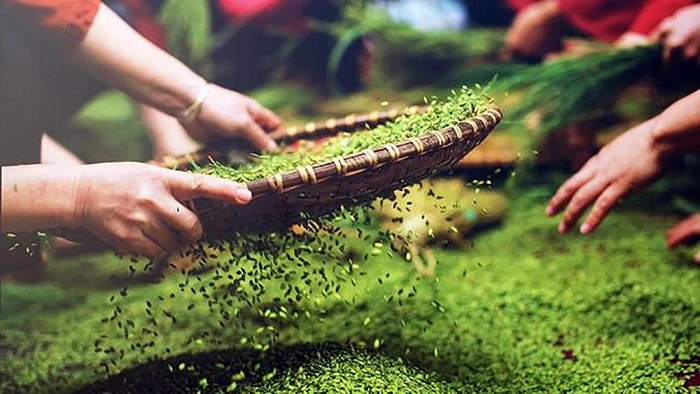Tu Le Sticky Rice
"Glutinous Tu Le, Te Muong Lo" of the Thai people has long been recited not only throughout the Northwest, but the unique taste of that precious rice variety also flies far and wide throughout the country.
Tu Le glutinous rice, also known as Tan La glutinous rice (in the Thai language) is a specialty glutinous rice only found in Tu Le valley, Van Chan, Yen Bai. This type of glutinous rice, when it is turned into sticky rice, has a sweet and flexible taste, leaving each grain rather than sticking together like most other types of sticky rice. The more we chew carefully, the more we see that this sticky rice dish is fleshy, sweet, not fatty, not sick, but has a special delicious taste that is strange.
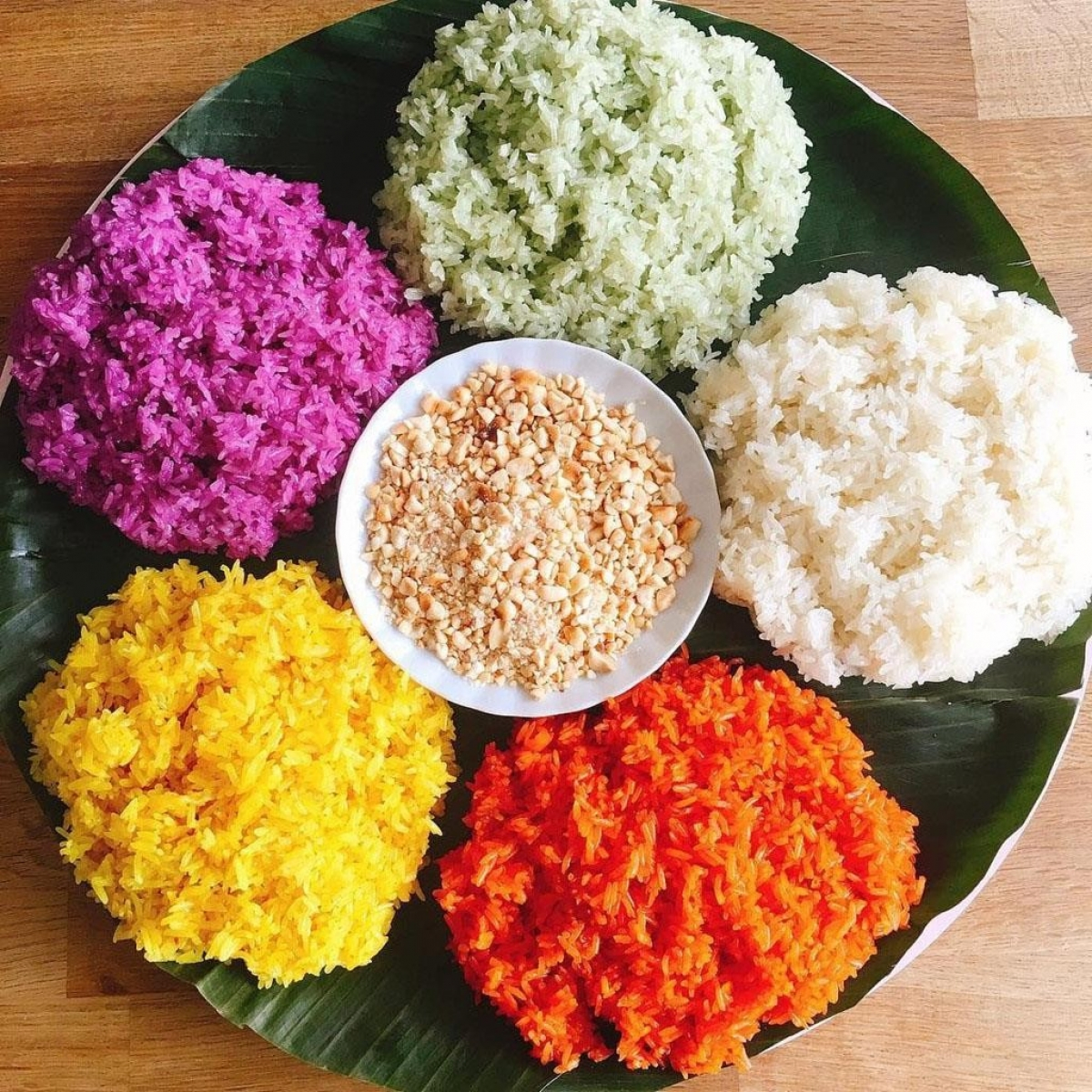
Photo: Ba Ria - Vung Tau Newspaper
Tu Le nuggets
Tu Le nuggets have a special dark green color that no other type of nuggets can mix. Tu Le nuggets are distilled from the essence of the earth and sky along with the rudimentary rusticism of the Thai ethnic people in the Northwest.
Tu Le nuggets are not only the quintessence of heaven and earth, but also the love, the soul of the earth, and the soul of people sent into it. Therefore, the nuggets here are a unique specialty of the Northwest mountains and forests.
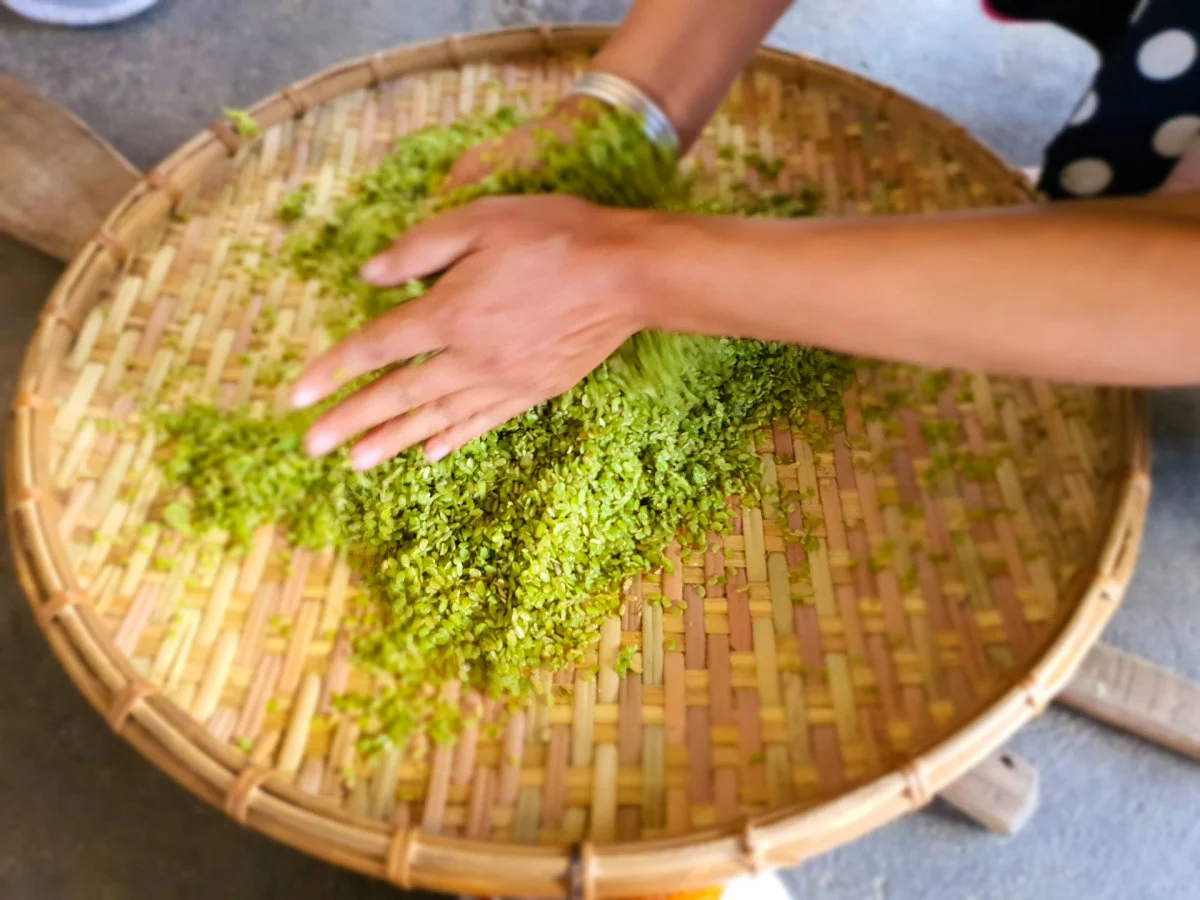
Photo: VnE
Muong Lo black chung cake
Black chung cake is a traditional cake of highland ethnic groups in general and Yen Bai in particular. Not only is it black like asphalt, black banh chung also has a rich flavor, faintly fragrant with unique forest leaves. Therefore, this cake has long been considered a specialty of Yen Bai that many people "hunt" to enjoy.
It is also the basic ingredients such as Tu Le glutinous rice, pork belly, and pepper, but in order for the banh chung to be rich and different, people have taken the bark of the bamboo tree or black sesame flower and burned it into charcoal, pounded it finely to form a black color to dye the banh chung. The plasticity of Tu Le glutinous rice, the fleshy taste of mung beans mixed with the fatty taste of pork create an irresistible delicacy.
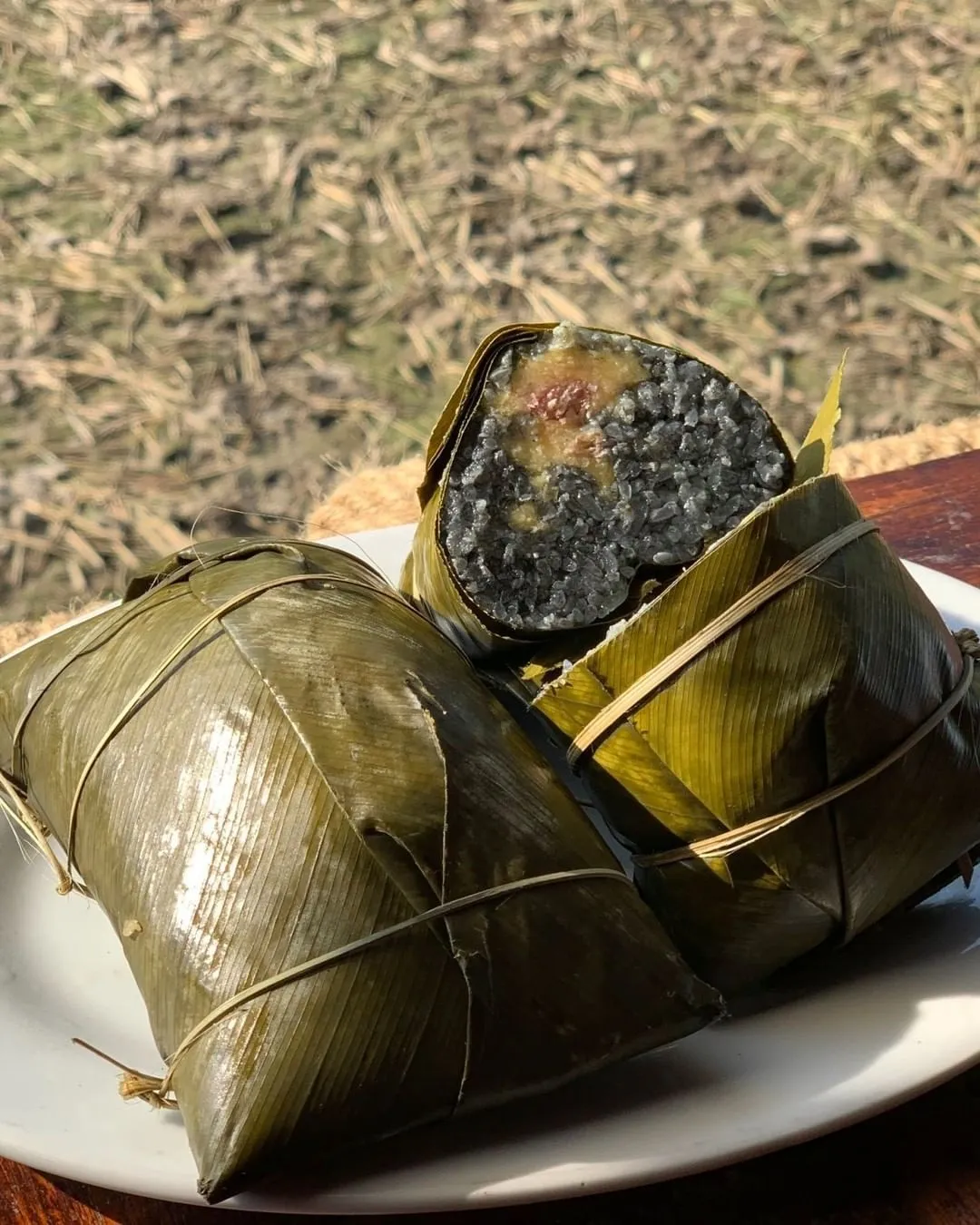
Photo: Mia.vn
Vegetables
Vegetables in Yen Bai are a type of wild vegetable belonging to the fern family, which looks very similar to the vegetables in the downstream but is completely different. This vegetable usually grows all year round in ravines and rocky niches, but the freshest is still in the rainy season.
For many ethnic groups, vegetables are the "king" of vegetables, it not only helps improve the quality of daily meals but is also a specialty to entertain guests during festivals. From boiling, stir-frying, cooking soup to making salads, no matter how it is processed, vegetables always make people remember their original taste.
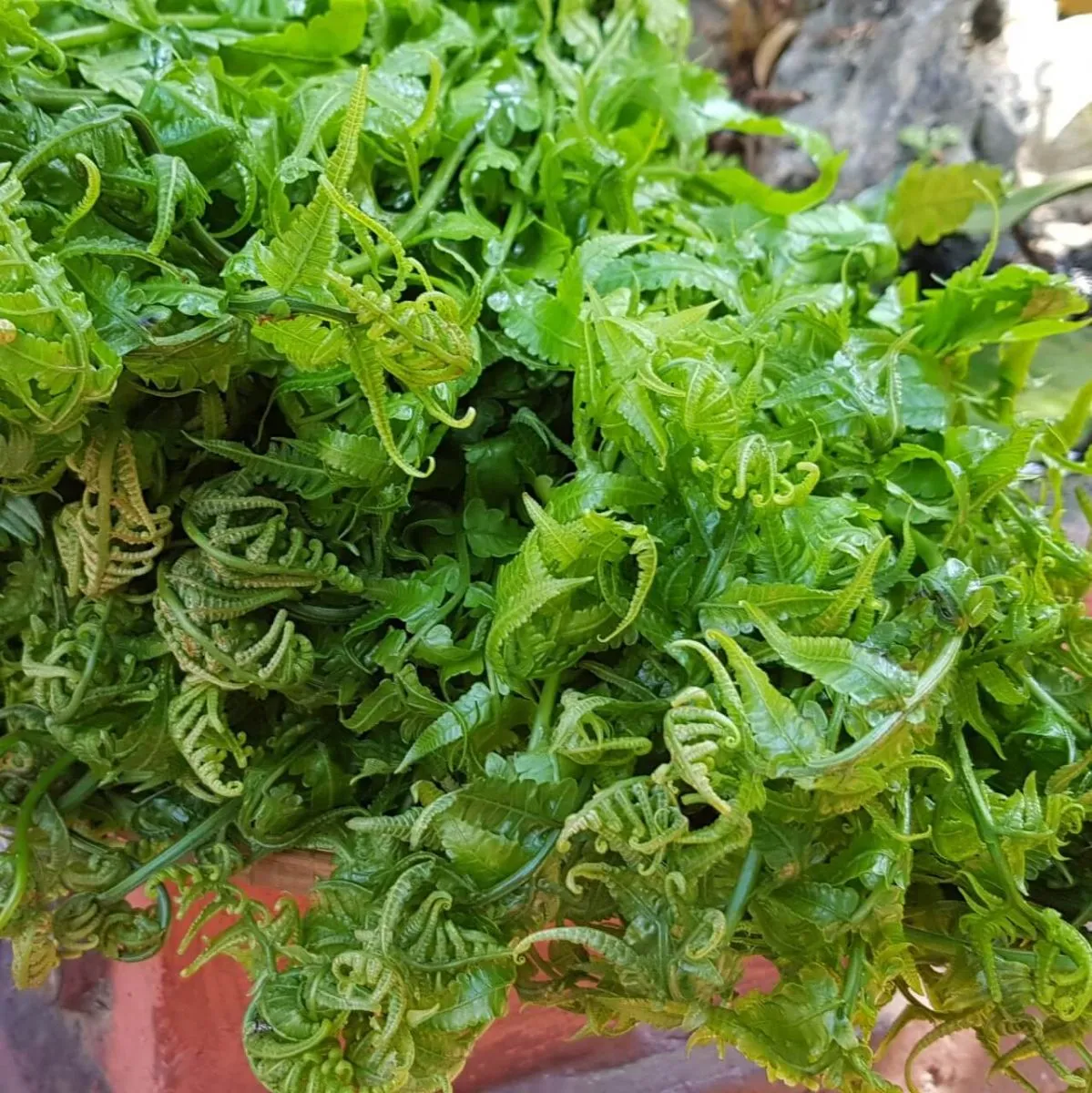
Internet illustration
Wild bee pupae
Beehives are everywhere, but wild beehives processed into food can only be found in Yen Bai.
It is almost similar to silkworm pupae but smaller, with a thick layer of bees, fat pupae wriggling, pitting out and processing into many dishes. Northwest wild bees mainly make simple dishes such as: Roasted lemon leaves, stir-fried bamboo shoots, stir-fried turmeric leaves, processed into many different dishes, the most popular is stir-fried bee pupae. The dish tastes fatty, but not everyone dares to eat it.
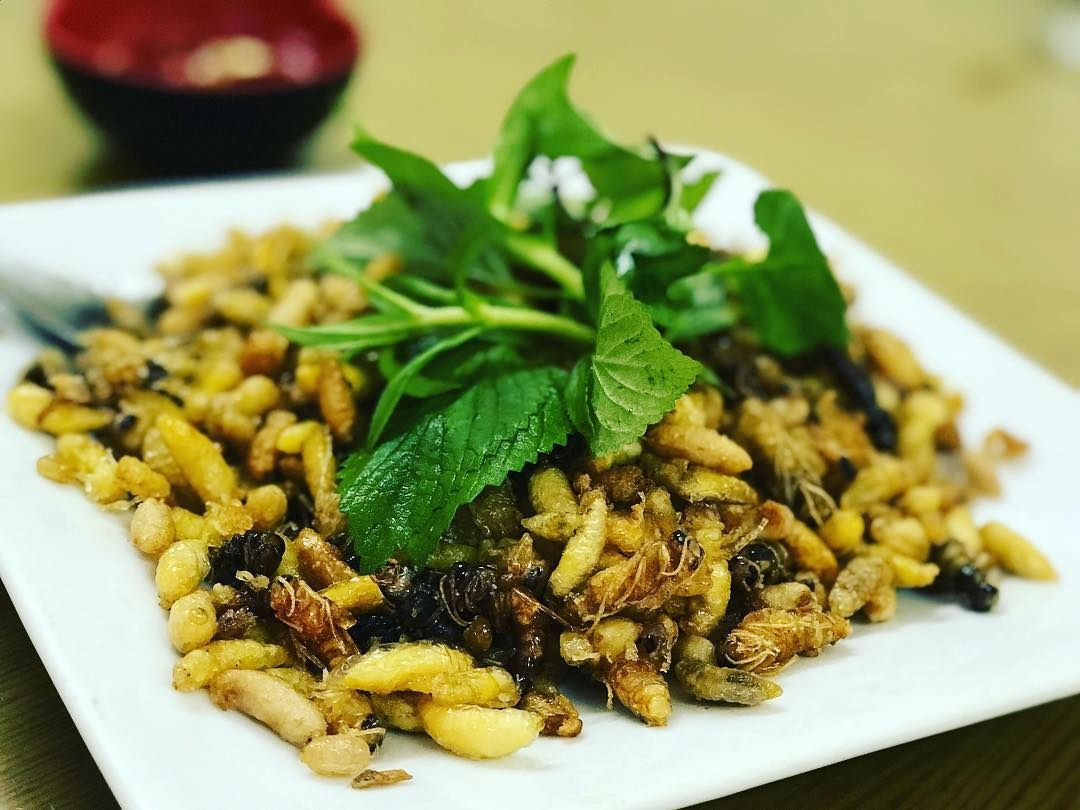
Internet illustration
Sticky rice with ant eggs
When it comes to Yen Bai cuisine, of course, it is impossible to ignore the famous ant eggs. This unique specialty of the Northwest mountains and forests always makes people fall in love with the extremely strange aroma. The eggs are plump, soft and opaque, and the characteristic aroma is attractive just by looking at them, and diners will crave them forever once they have eaten them.
In addition to cooking ant eggs, mixing chicken eggs to fry, making cakes... there are 3 dishes that you must try when you come to Yen Bai. That is raw ant eggs, ant egg rolls with lotus leaves and sticky rice with ant eggs.
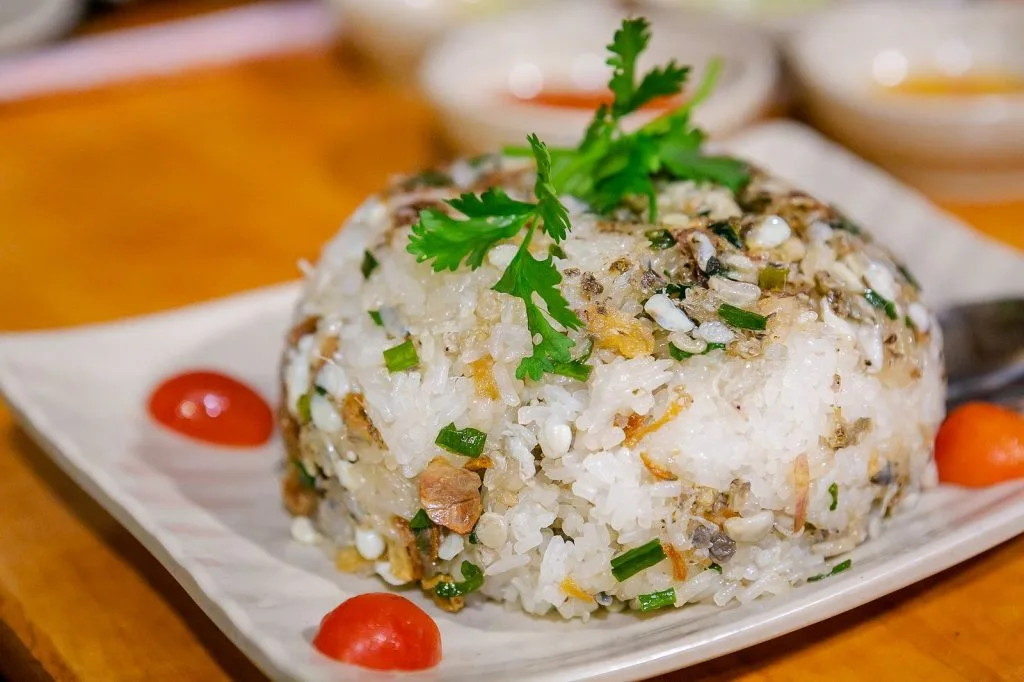
Photo: Mia.vn
Stingray
Stingray fish is considered a proud specialty by Thai people in Van Chan - Nghia Lo (Yen Bai), because this fish only lives here. The stingray likes to live in fast water, with an elongated head and small scales, white scales, rolling with silver flowers, and green flanks. The largest one is only four fingers, the meat is firm and sweet, when grilled, it has a strong aroma, not fishy, and the bones are less tender.
Fish are gutted, shaved off, and seasoned with spices such as: seeds, chili, salt, garlic, purple ginger... pound and stuff into the belly of the fish, tie it tightly with a small lat. The whole fish is wrapped in young forest banana leaves in many layers, then buried in hot ashes by the fire of a stilt house.
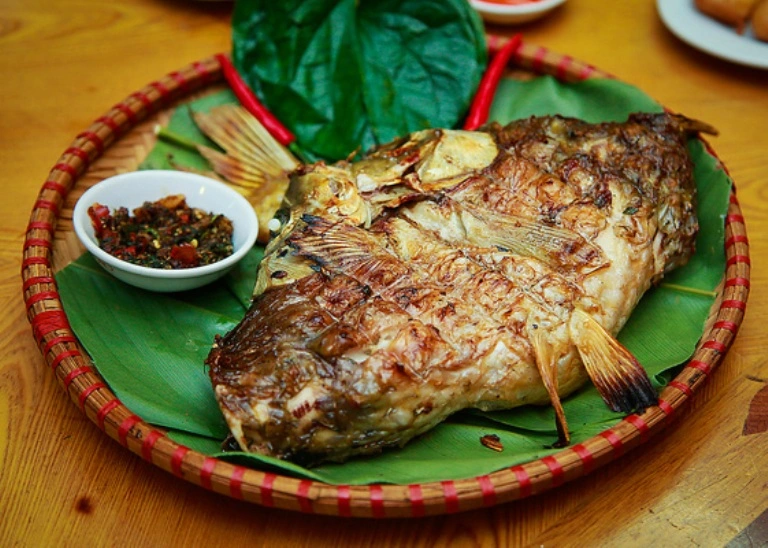
Internet illustration
Bamboo shoots
Bamboo shoots are a specialty that the mountains and forests bestow on the people of the Northwest region, which has long been present in the traditional cuisine of the Vietnamese nation. Bamboo shoots are available in all localities, but only bamboo shoots in Yen Bai are chosen by many gourmet tourists.
This type of bamboo shoot grows naturally on the hills in Tram Tau, in Van Chan district and Nghia Lo town. Perhaps due to the suitability of the soil, bamboo shoots in Yen Bai are white, soft yellow and taste much better than other regions. There are many dishes you can enjoy from bamboo shoots, the most popular are boiled bamboo shoots dipped in sesame salt or stir-fried bamboo shoots.
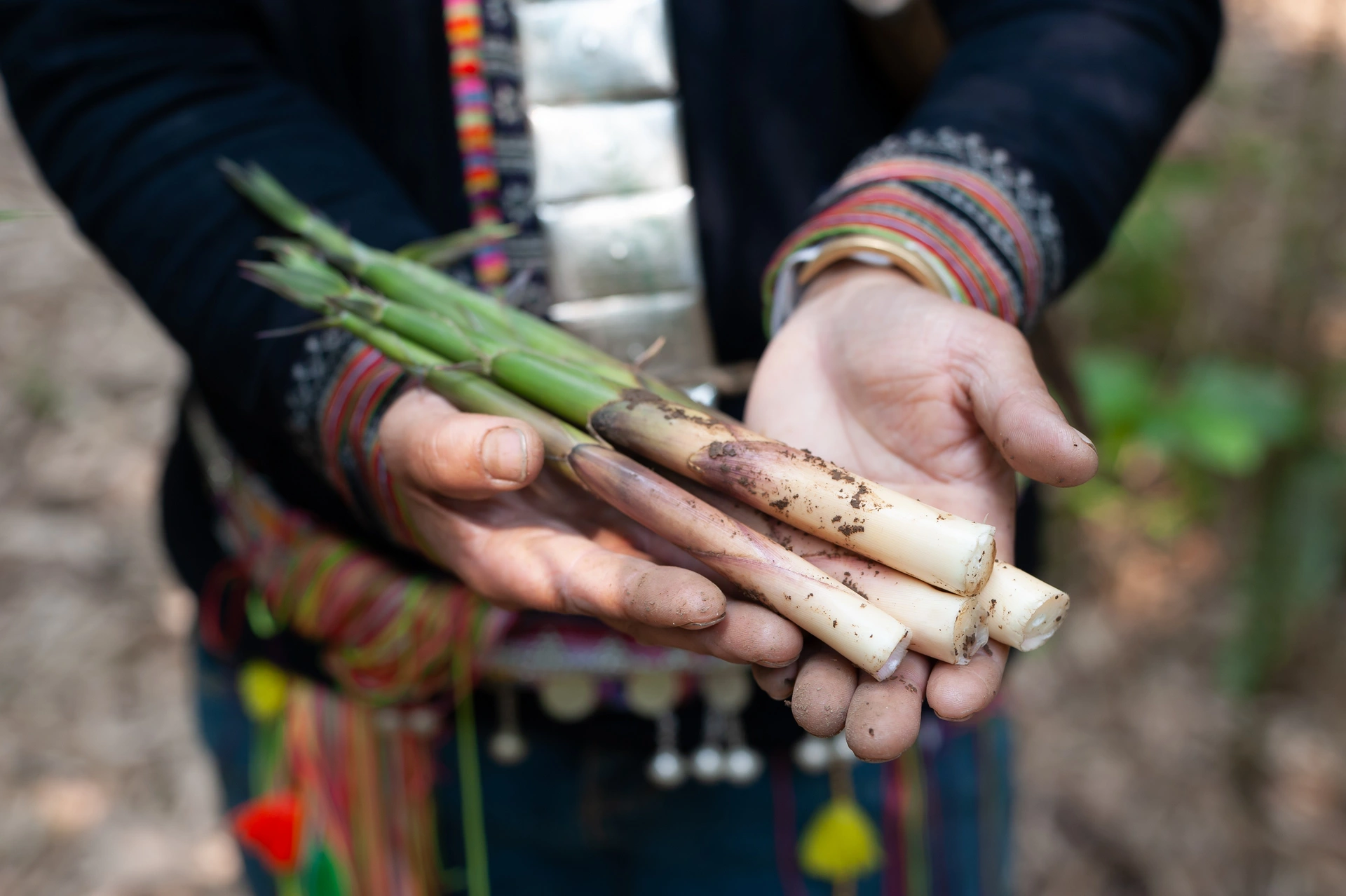
Photo: Fatherland
According to Fatherland Newspaper
